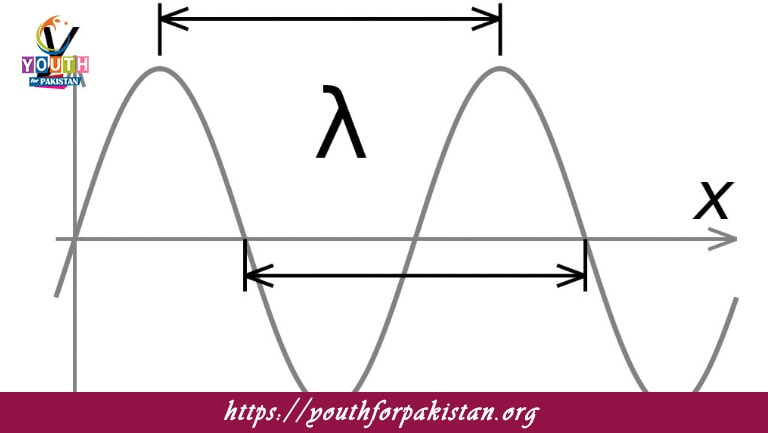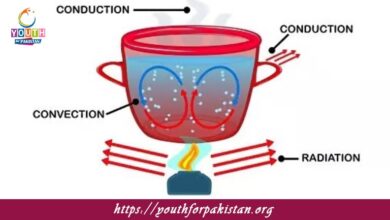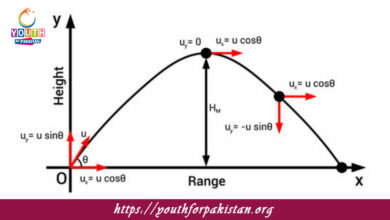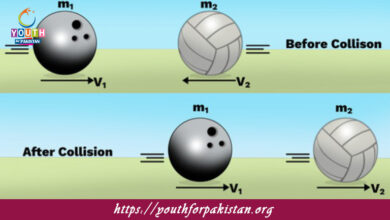Wavelength MDCAT Quiz with Answers

Wavelength MDCAT Quiz refers to the distance between two successive points in phase on a wave, such as from one crest to the next crest or from one trough to the next trough. It is a fundamental property of waves and is usually represented by the Greek letter λ. Wavelength is a critical parameter in understanding wave behavior and determining characteristics such as wave speed and frequency. In the MDCAT exam, understanding wavelength is crucial for solving problems related to wave motion, sound, light, and other wave phenomena.
Characteristics of Wavelength
Distance Between Successive Points: Wavelength is the distance between two successive points that are in phase with each other, like two consecutive crests or troughs. In a longitudinal wave, the wavelength is the distance between two successive compressions or rarefactions.
Wavelength and its Effects on the Behavior of Waves: The wavelength of a wave affects many of the ways in which waves behave. For instance, with sound waves, shorter wavelengths sound higher in pitch and longer wavelengths sound lower in pitch. With light waves, shorter wavelengths are higher-energy light (like violet) and longer wavelengths are lower-energy light (like red).
Wavelength in Different Types of Waves
Transverse Waves: In transverse waves, such as waves on a string or water waves, the wavelength is the distance between two successive crests or troughs. The wavelength helps to determine how the wave propagates through the medium and is key to understanding the wave’s behavior.
Longitudinal Waves: In longitudinal waves, such as sound waves, the wavelength is the distance between two successive compressions or rarefactions. The wavelength determines how the sound waves spread through a medium, thus affecting the intensity and pitch of the sound.
MDCAT Quiz: Wavelength Questions
Students can expect to be asked, in the MDCAT Quiz, how to find the wavelength of a wave given the speed and frequency. Or, conversely, using the wave equation to find the other wave properties given the wavelength. Questions might ask for wavelength in mechanical (sound, water) waves, as well as in electromagnetic waves (light, radio), so MDCAT students need to be comfortable with using the formula v=fλ.
- Test Name: Wavelength MDCAT Quiz
- Type: Quiz Test
- Total Questions: 30
- Total Marks: 30
- Time: 30 minutes
Note: Answer of the questions will change randomly each time you start the test, once you are finished, click the View Results button.
Free Flashcards for Wavelength
Free flashcards related to wavelength can help MDCAT students. Such flashcards could help them learn and reinforce the meaning of wavelength, its relation with other properties of waves, and its importance in wave phenomena like sound and light. The reviewing of these flashcards will give a solid understanding regarding wavelength, its role in wave behavior, and applications of such knowledge when solving wave-related problems on the MDCAT Quiz.
Experience the real exam environment with our expertly designed collection of over 25,000 MCQs MDCAT Mock Tests.






